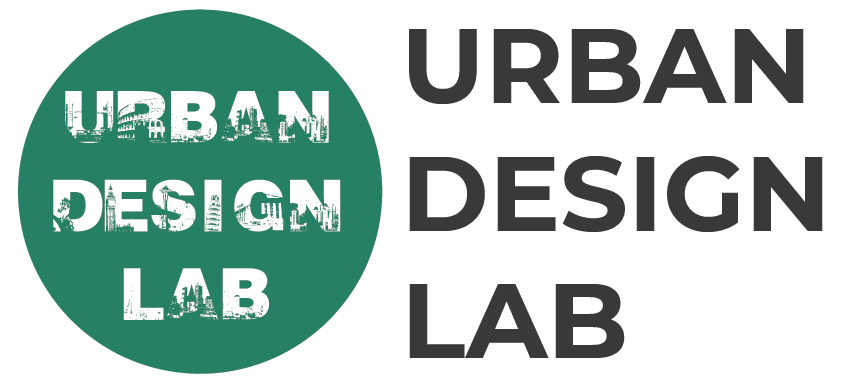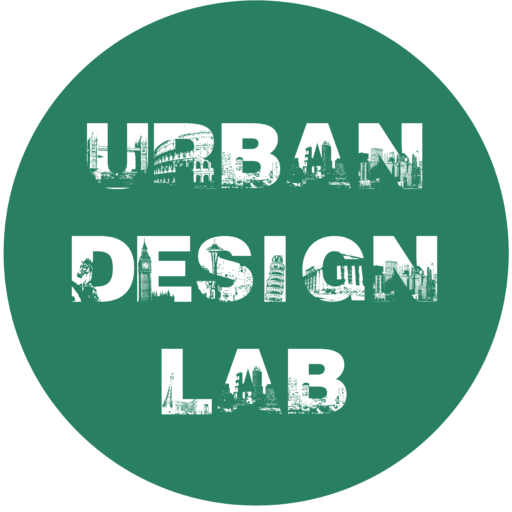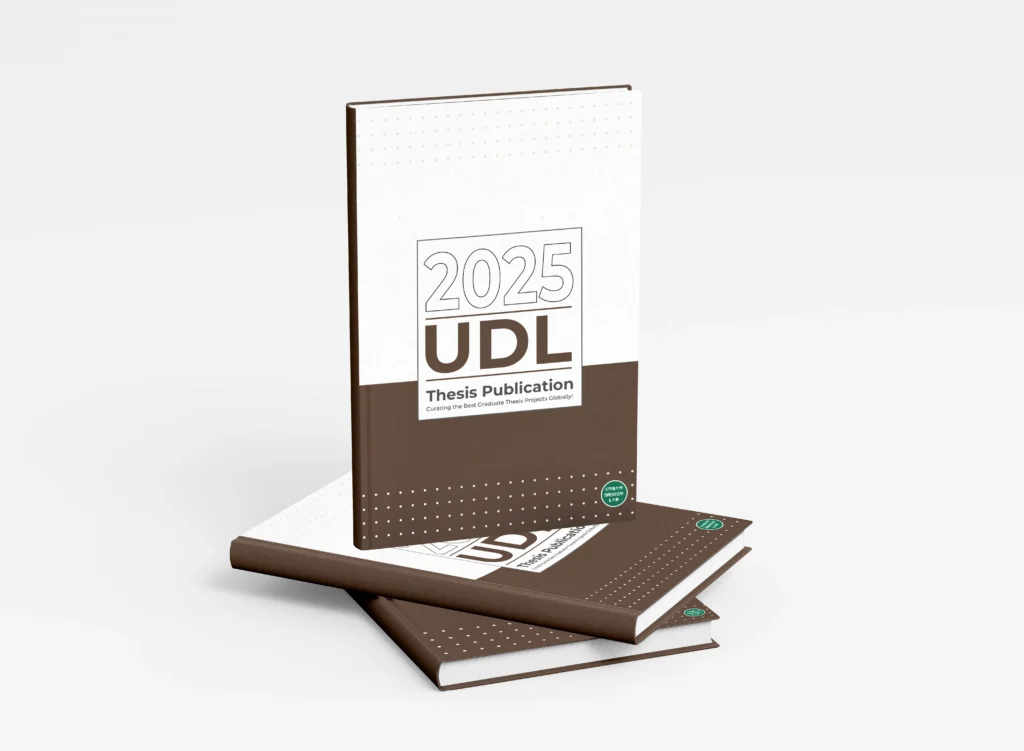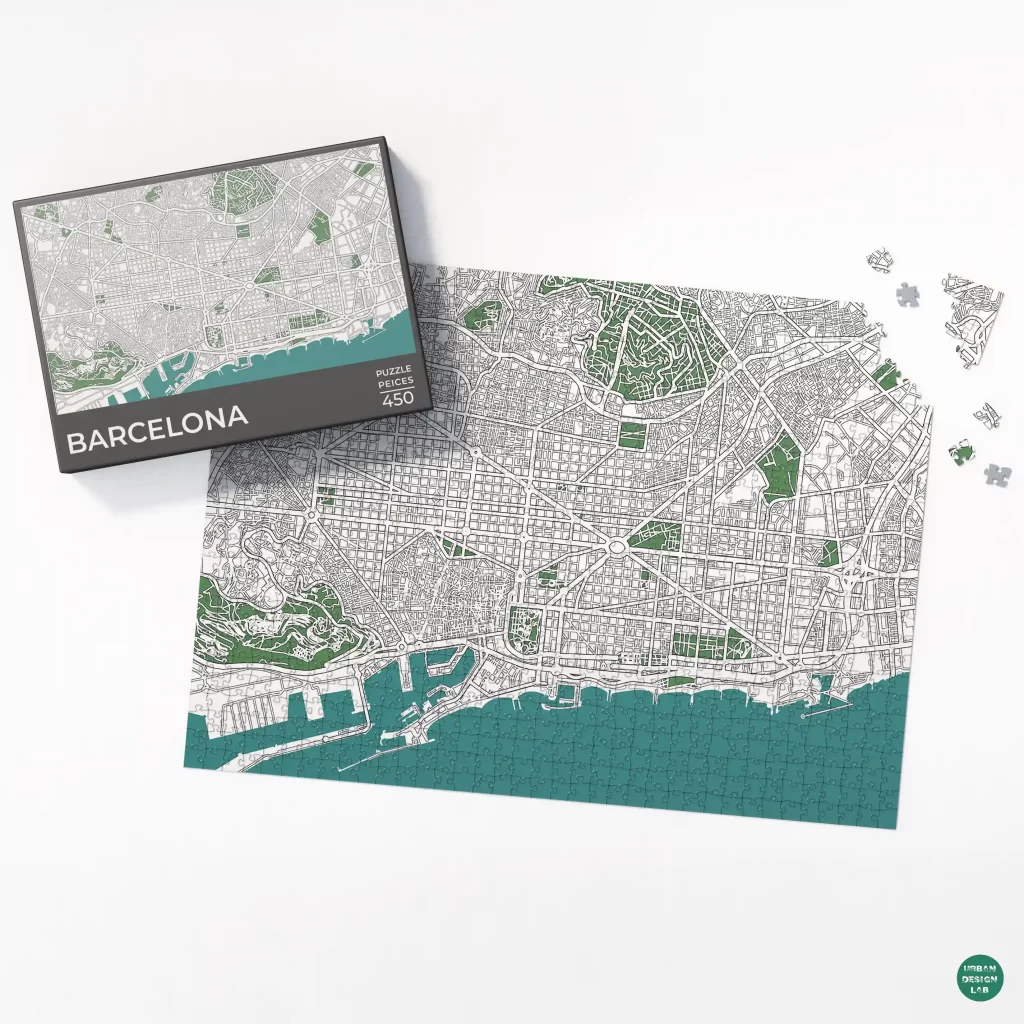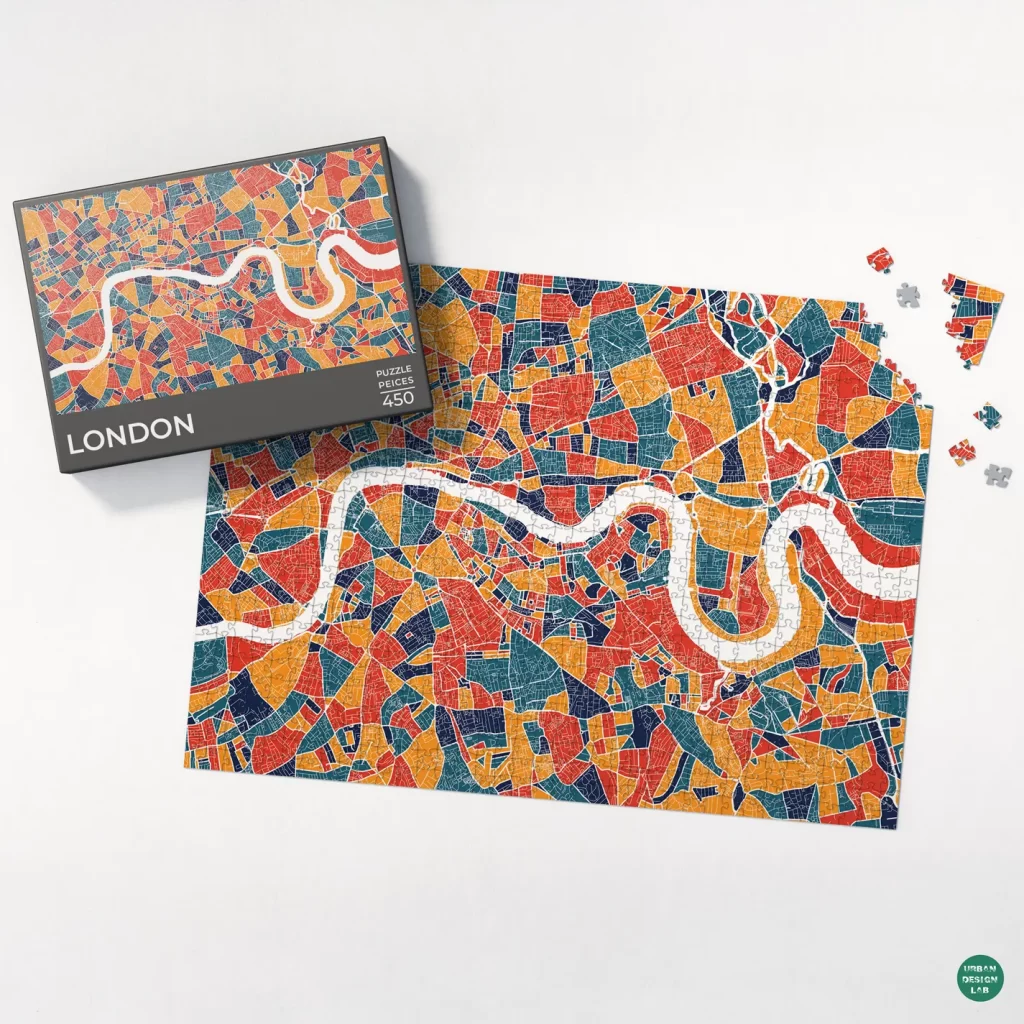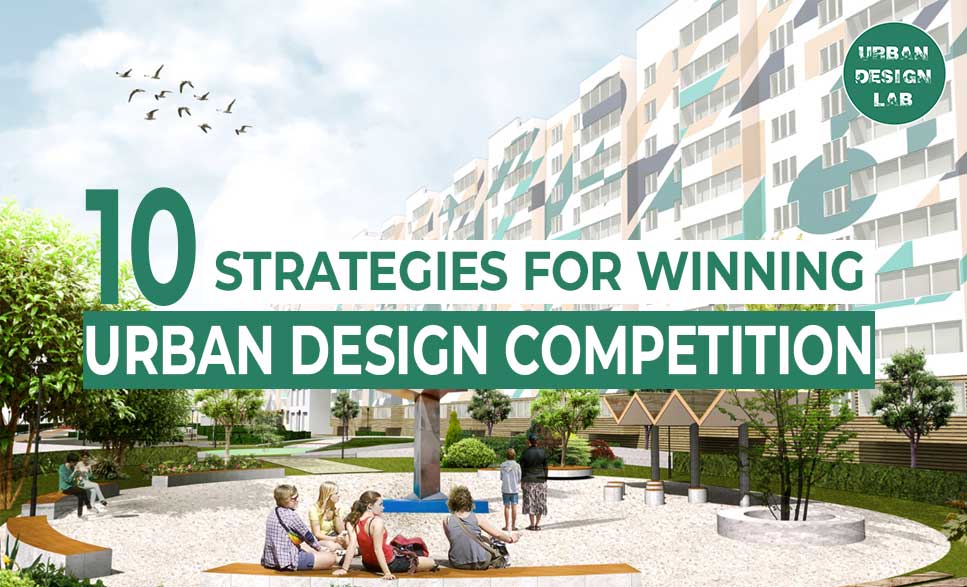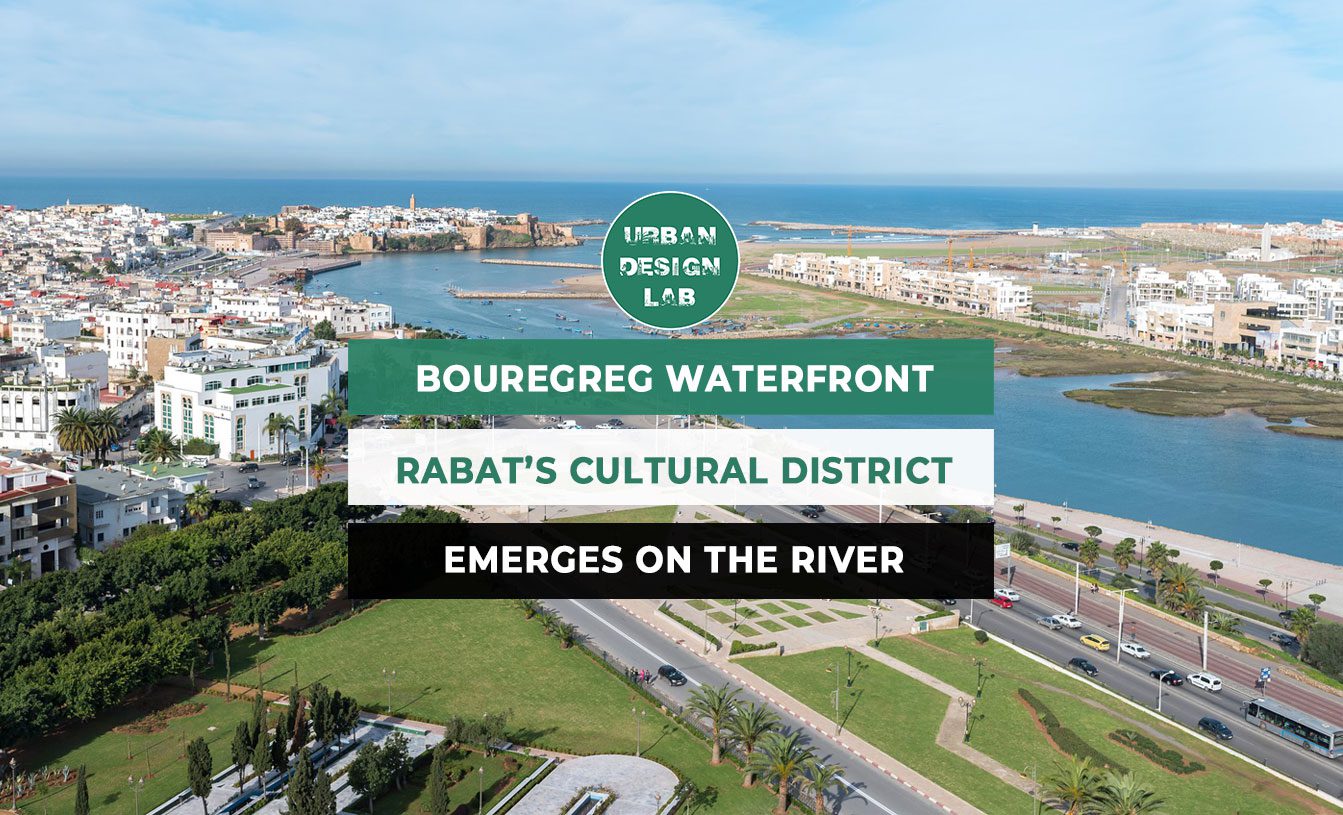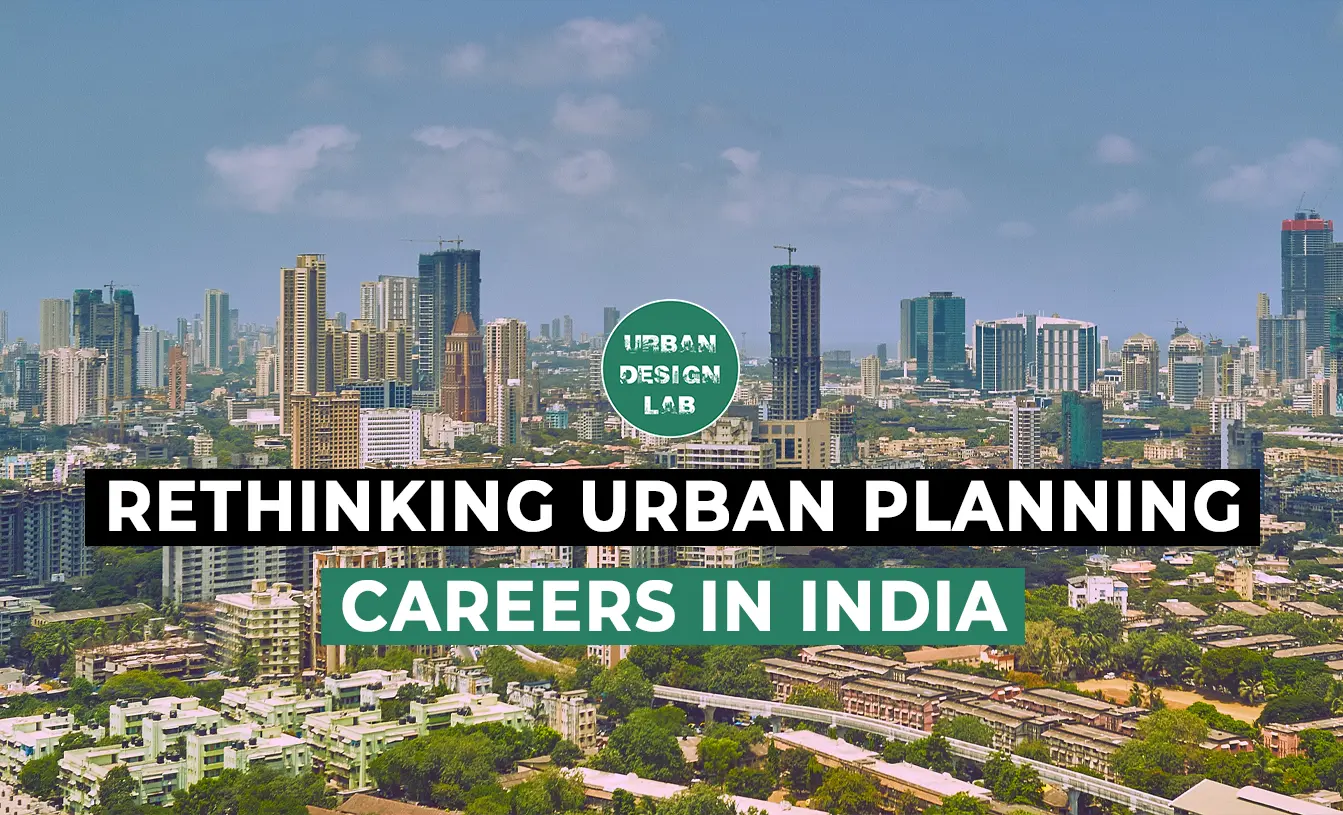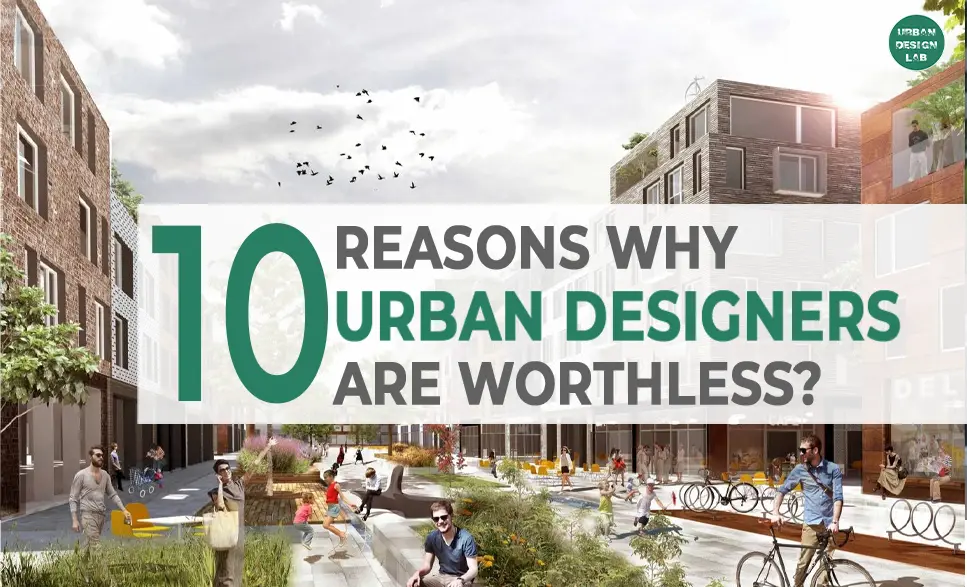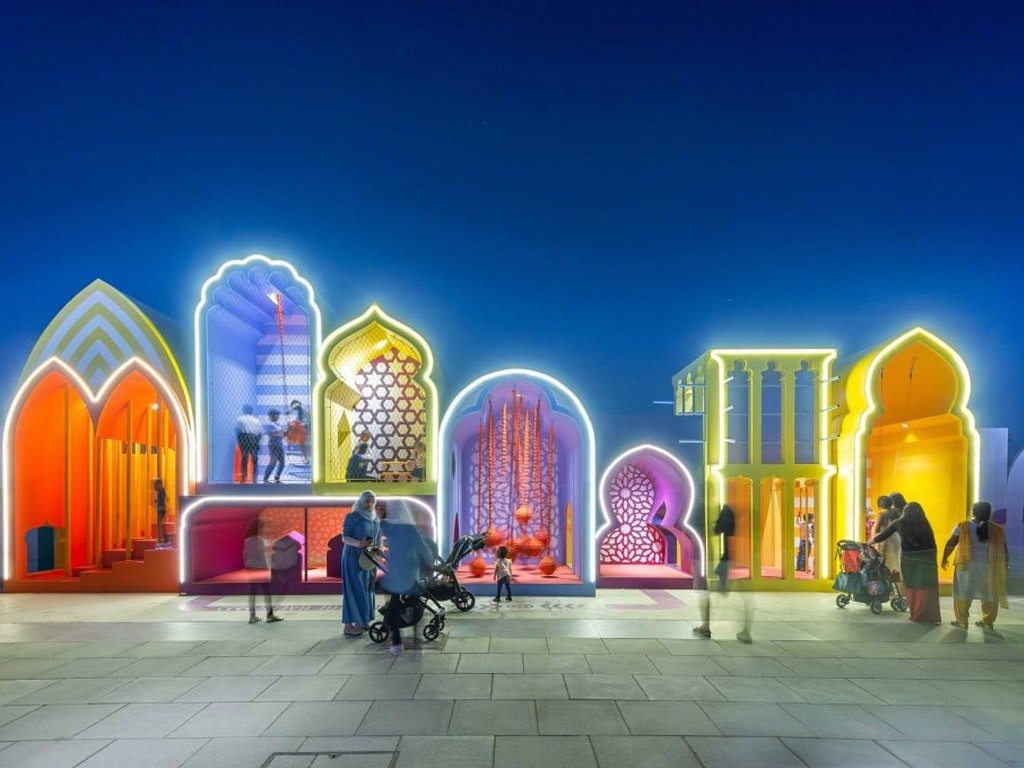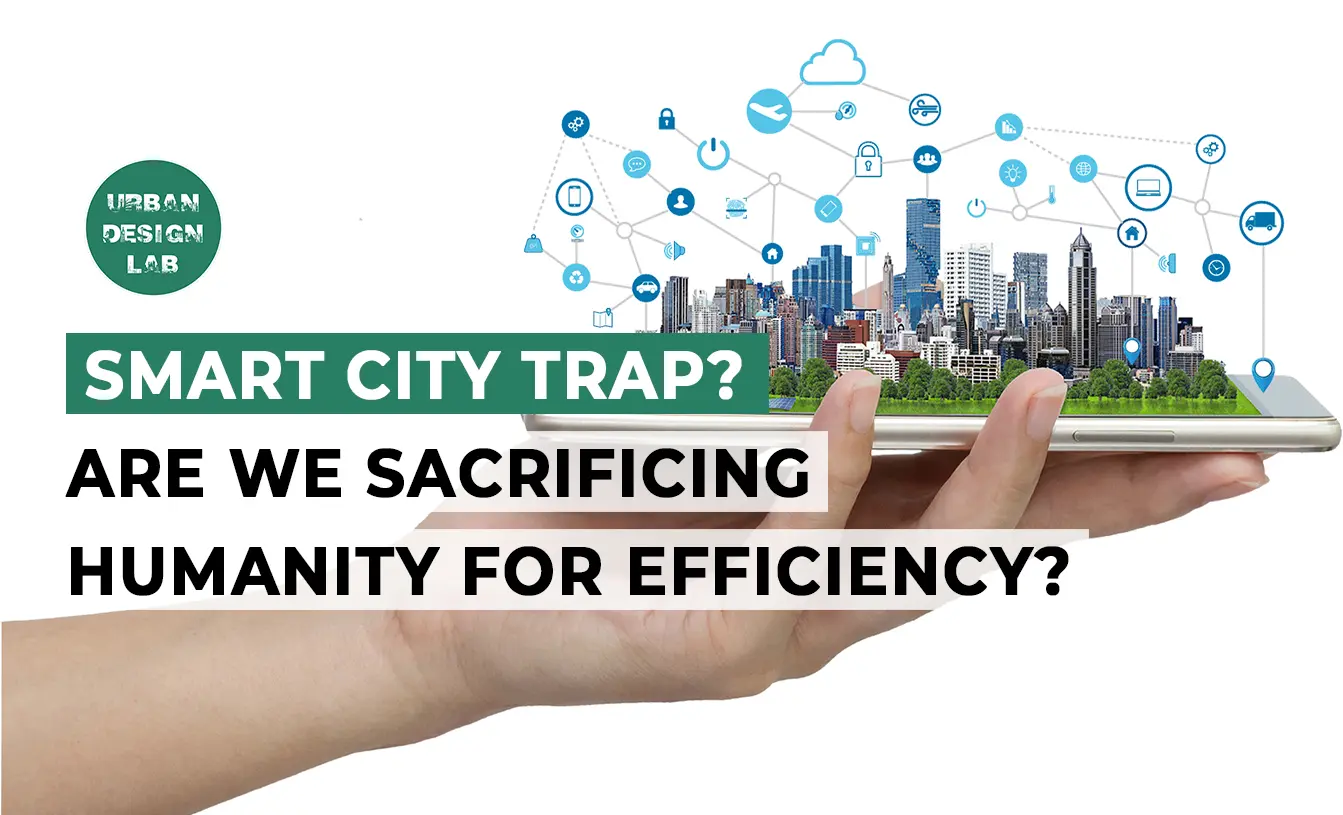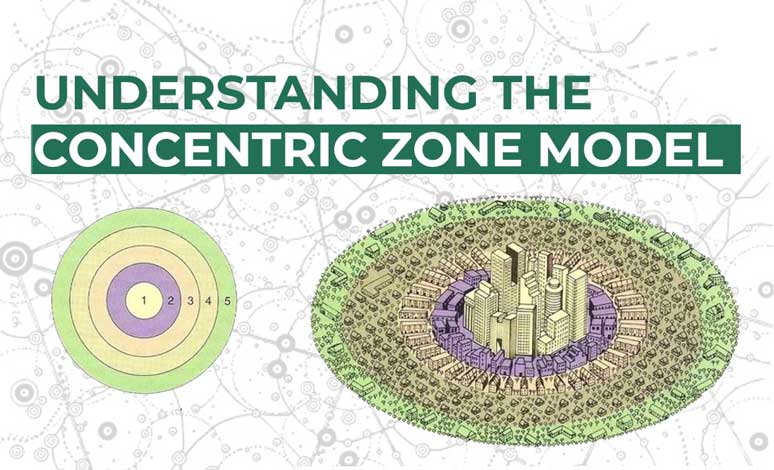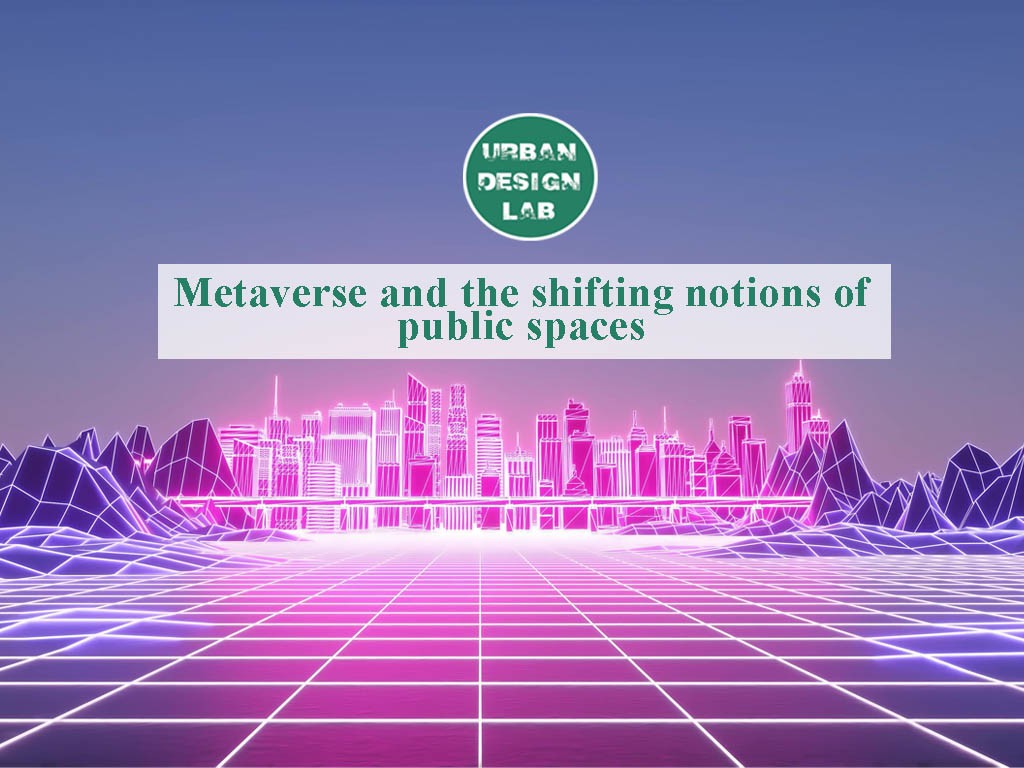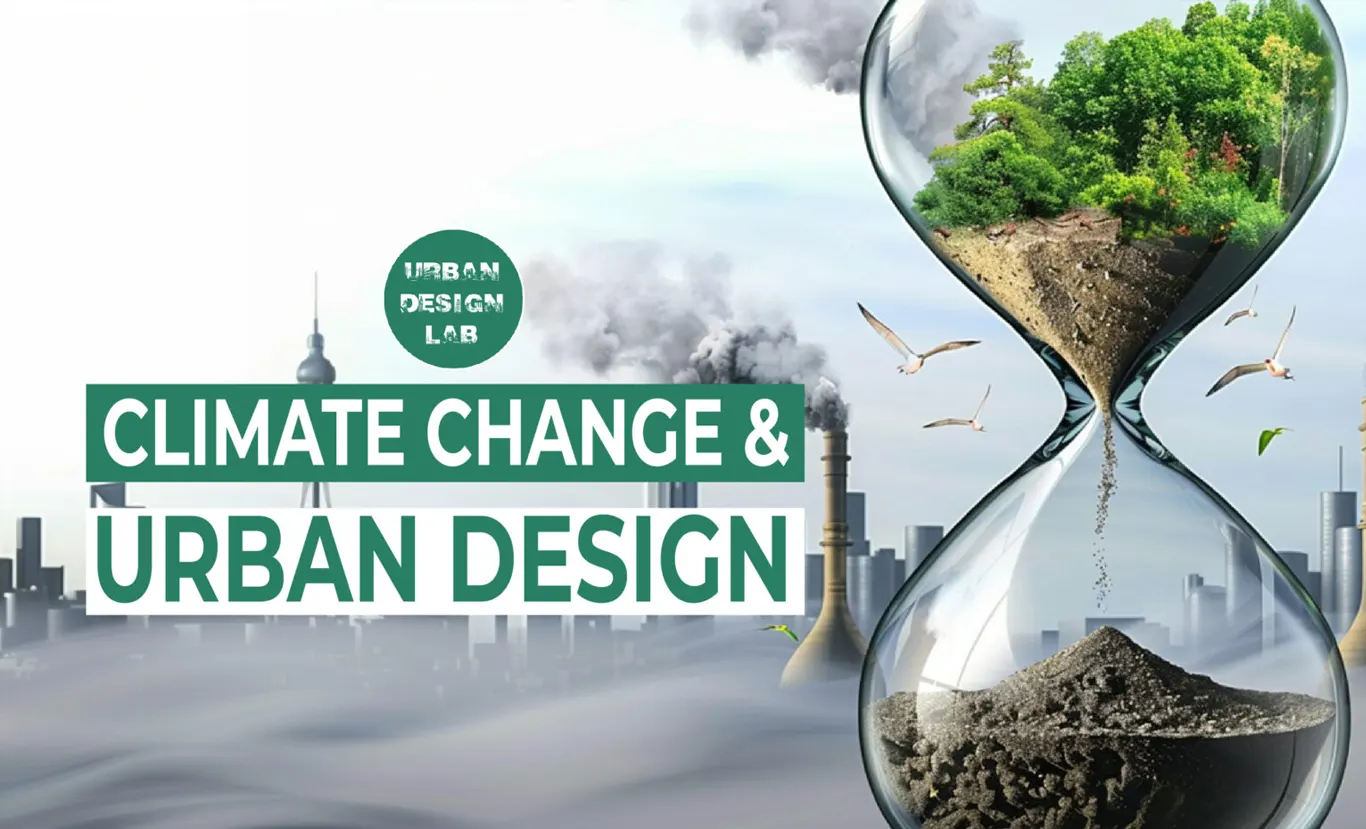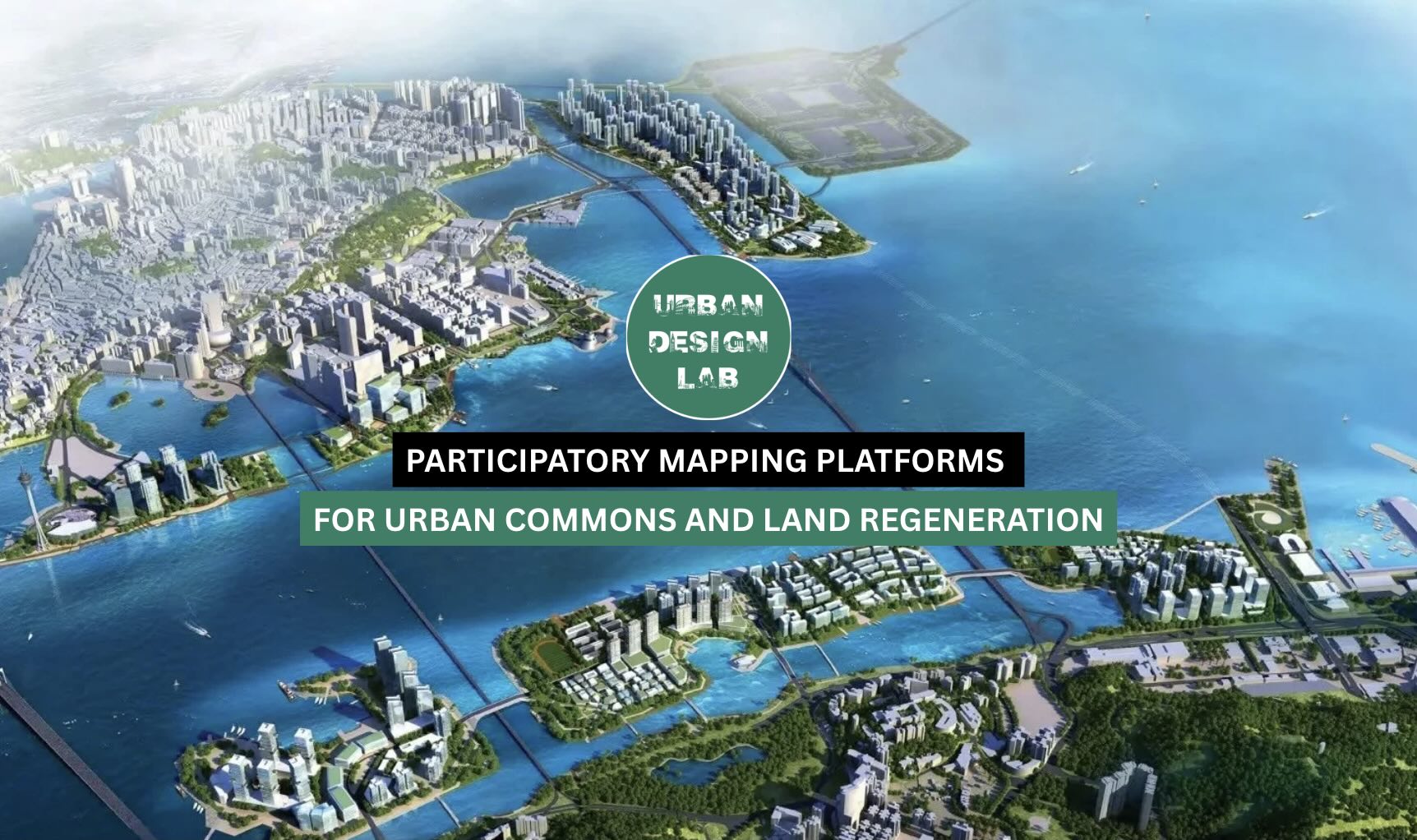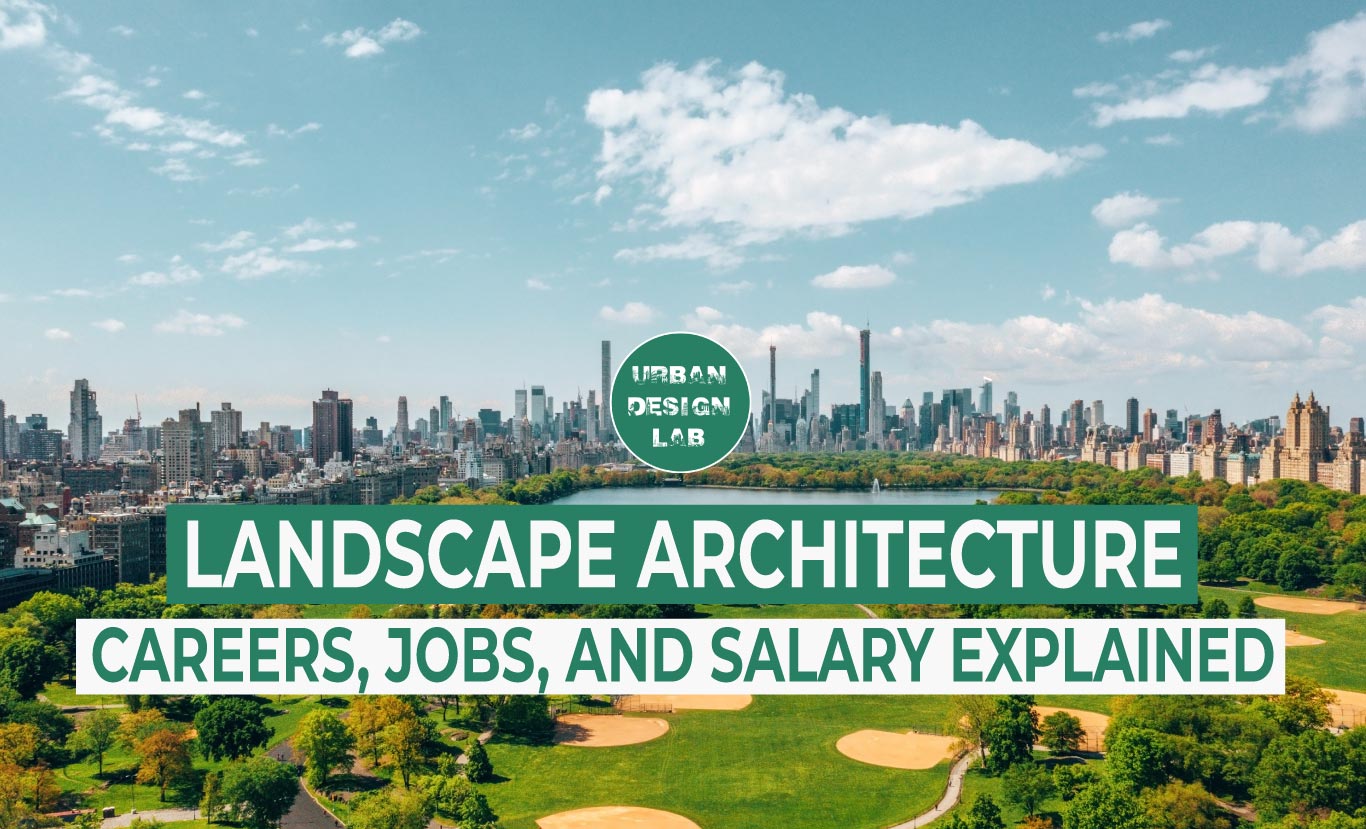
Sustainable Revitalization of Historic City Centers
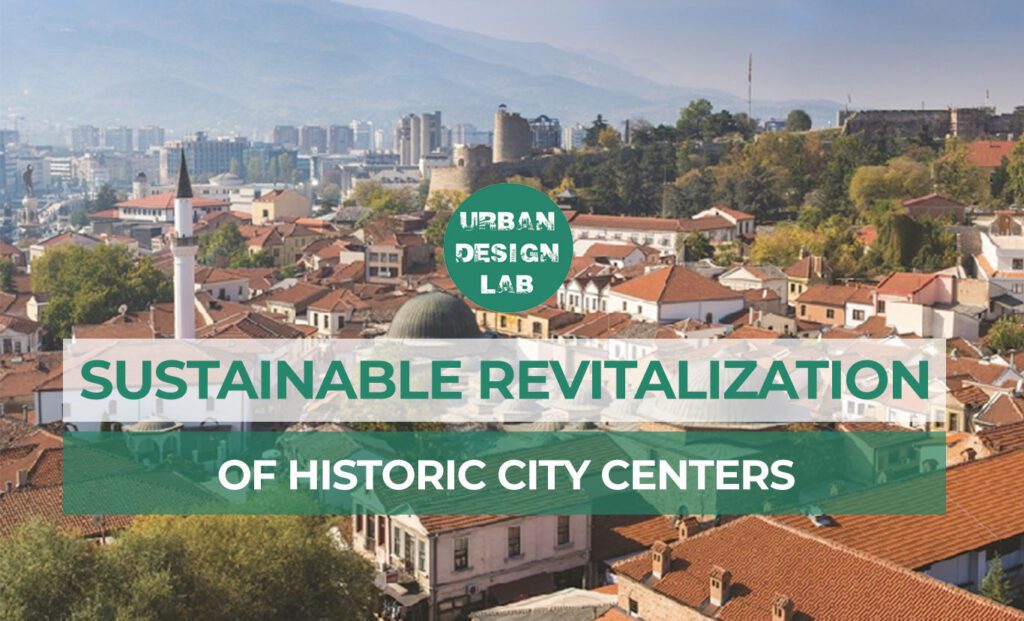
While historical cities suffer the imbalance between the deterioration of historic heritage in favor of abiding by rapid changes based on the requirements of their residents, the revitalization of historic cities to safeguard their distinctive identities can be seen as one key aspect in making a city unique for talent and investors. Sustainable revitalization offers a solution by ensuring that historic areas are not only preserved but also rejuvenated in a way that benefits the local community and environment. This article explores the key strategies and benefits of sustainable revitalization, the challenges faced by city planners, and examples of successful projects around the world.
1. Urban Pressure and the Challenges of Revitalizing Historic Cities
Historic city centers serve as a place of identity, memory, and belonging (Cubuk, 2012), such controversy is most evident in historic city centers since they are at the heart of social and morphological changes. In the majority of instances, historical cities experienced expansion around their central areas, becoming symbolic embodiments of the city’s identity through their rich heritage; they contribute to the preservation and evolution of the city’s collective identity. These areas often contain architectural landmarks, traditional markets, and public spaces that are integral to the identity of a city. Also, due to the high number of commercial functions and offices, in this way, the city center serves as the city’s economic and social core, enriching the overall value of the city.
Sustainable revitalization aims to preserve the unique cultural heritage of historic city centers. Meanwhile, preserving these elements requires careful planning and restoration work that respects the original character of the area. However, simply preserving buildings without considering the overall urban environment can lead to stagnation, where the area becomes a museum-like space, disconnected from the community’s modern needs. Thus, successful revitalization projects aim to maintain the historic charm while incorporating functionality that supports urban life.
2. Goals and Objectives of Sustainable Revitalization
Sustainable revitalization encompasses a comprehensive set of actions aimed at enhancing the situation of the old city through modernization and renovation while concurrently improving the economic and social conditions of the community, which can be categorized according to the SRUR framework (Fig.2) as follows:
- Architectural: focuses on the physical renovation of distressed structures, including both buildings and public infrastructure.
- Technical: involves upgrading the state of urban infrastructure, such as roads, streetscape, housing improvement, and sewage systems.
- Social and Economic: aims to provide better opportunities for social groups that are excluded from regular societal participation.
- Environmental: response to prevalent environmental challenges by increasing the presence of green spaces and promoting environmentally friendly practices for waste management.
In the historic context, revitalization can be seen as a fundamental step for reviving the historic urban environment; it generates a variety of solutions for urban and social fabric within the historical structure resulting in adoption by society. The regeneration of historic cities to safeguard their identities is one key aspect in making a city unique for investors. In this sense, the concept of regeneration often leads to a positive impact, including attracting inhabitants and visitors, more entrepreneurial activity, and thus more economic development (Akkar, 2006).
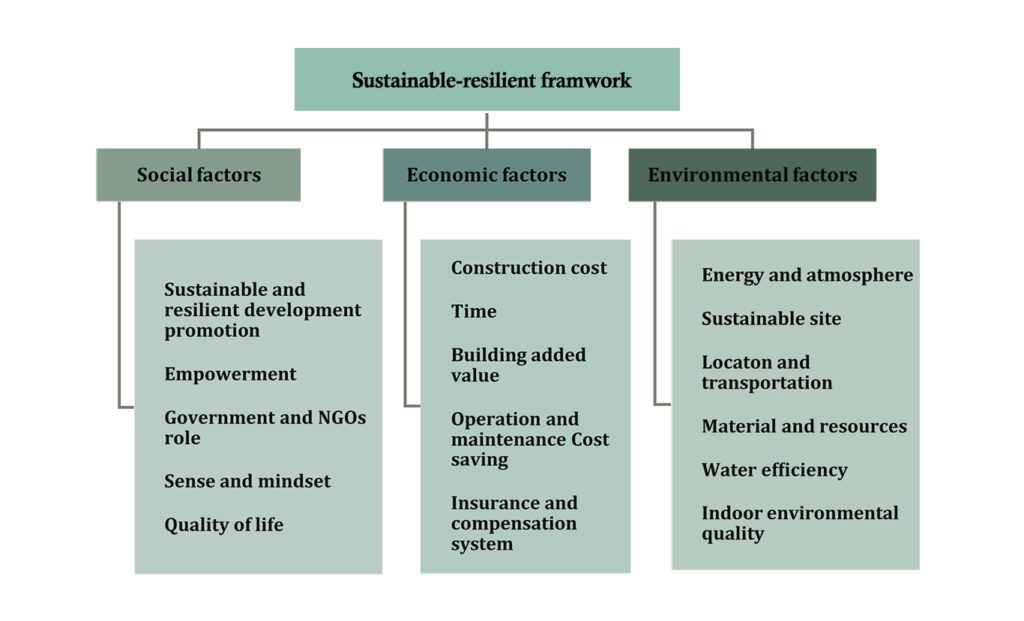
Source: author
3. Economic Revitalization through Tourism and Local Development
Sustainable revitalization can be a major driver of economic growth by attracting tourism and boosting local businesses. In a historic context, the conservation and revitalization are two concepts that are interpreted as processes of regenerating and renewing entities that possess historical, cultural, and architectural values, as well as economic and functional potential (Gunay, 2008). Different methods have been developed to address the socio-economic approaches in that context, such as UNESCO and ICOMOS approaches which prioritize historical preservation and conservation.
Parallel to the rapid diffusion of economic globalization, there appears to be a trend toward focusing urban regeneration and development efforts primarily on historic inner cities. The idea of generating new sources of income through cultural tourism is one of the most prominent strategies adopted by cities in recent years, considering the close relationship between cultural tourism and culture-led revitalization. In this sense, the concept of revitalization often leads to a positive impact, including attracting more people, more entrepreneurial activity, and thus more development. The economic benefits of revitalization can also extend to local crafts, restaurants, and cultural events, which showcase the area’s heritage.
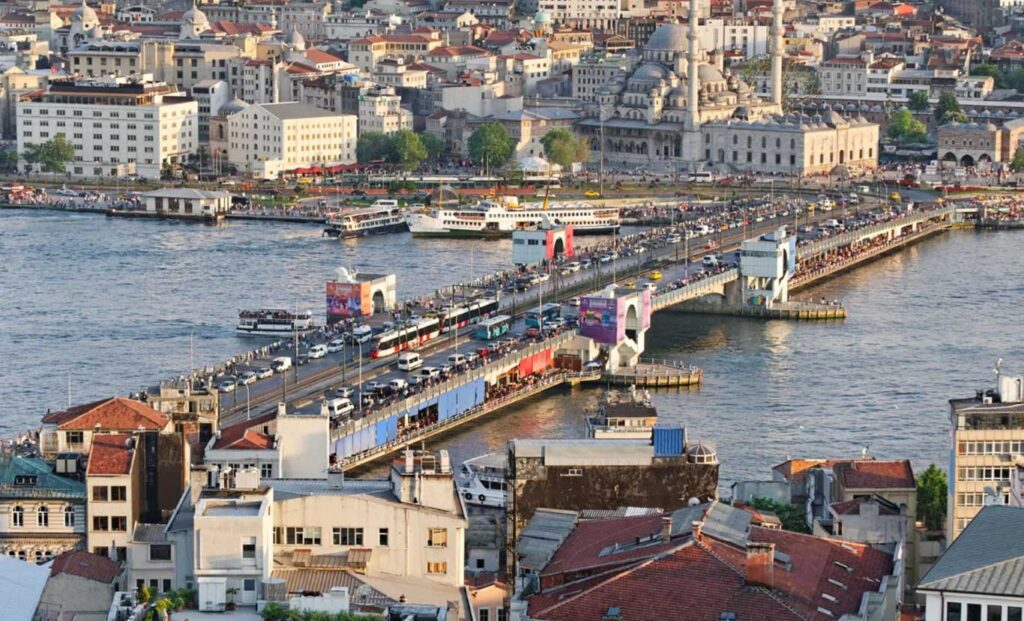
4. Environmental Sustainability in Revitalization Projects
Environmental sustainability is assessed in terms of transportation, pollution, energy consumption, waste management, and open space. As a result of this perspective, sustainable urban development involves the extensive use of efficient and organized transportation systems, reducing environmental pollution and energy consumption, using sustainable energy resources, recycling waste, and creating accessible open spaces. Furthermore, encouraging the use of public transportation, pedestrian pathways, and green spaces in urban revitalization can promote a healthier environment while reducing the carbon footprint of the revitalized area.
Rethinking the life cycle of building materials and water recycling, such as Gray Water Treatment, helps shift the design process towards a circular economy. These innovations and techniques promote the reuse and recycling of resources, reducing environmental impact. Additionally, many historic buildings were constructed long before the advent of modern energy standards, leading to inefficiencies in energy use. Hence, to preserve cultural heritage, sustainable revitalization must also consider environmental sustainability and circularity through energy sufficiency practices. . By integrating eco-friendly technologies such as solar panels, energy-efficient lighting, and water conservation systems, city planners can reduce the environmental footprint of these historic areas.
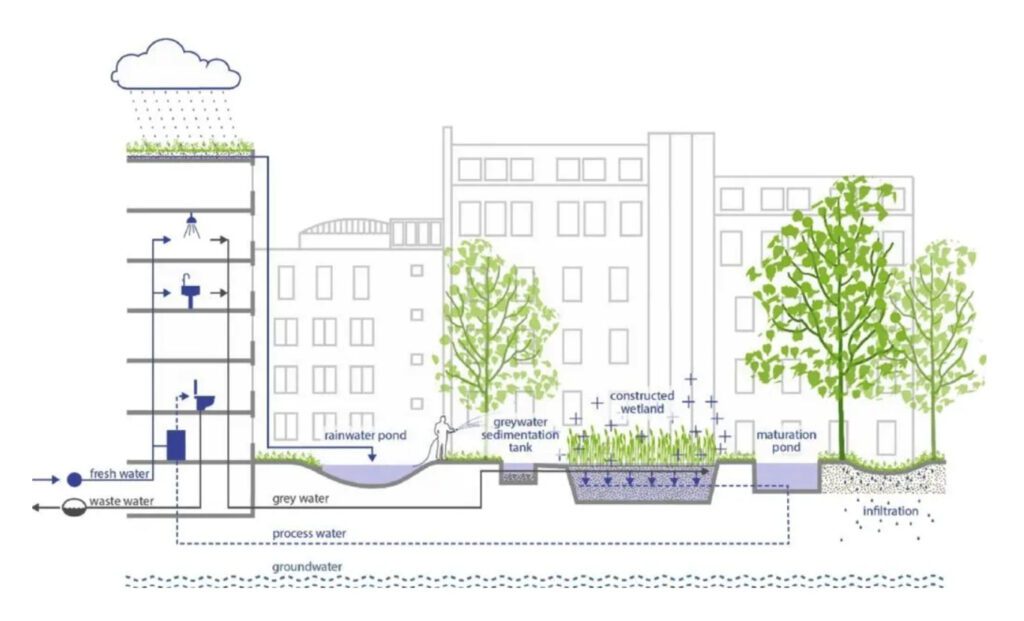
5. Social Inclusivity and Community Engagement
Sustainability is based on the concept that the natural, socio-cultural, and economic systems are interconnected. For revitalization to be truly sustainable, it must include and benefit the local community. Projects that focus solely on attracting tourists and outside investment can lead to gentrification, displacing longtime residents and eroding the social fabric of the area. A successful revitalization project involves active community engagement, where local stakeholders participate in decision-making and benefit from the economic and social changes. Inclusive development ensures that revitalized areas remain accessible to all residents, including affordable housing, public spaces, and opportunities for local employment.
The EU Work Plan for Culture, in collaboration with the UNWTO, developed this concept of sustainable revitalization based on a large metadata study examining sustainable integration, tourism, and heritage preservation under the concept of revitalization. These include involving local communities in tourism planning and deciding which heritage assets should be accessible to tourists versus reserved for local use. They promote sustainability-focused tourism management, considering local needs and resource protection. Education and training are vital to raising awareness among stakeholders and preventing damage to heritage sites. Lastly, integrated, multidisciplinary planning is encouraged, involving all stakeholders in balanced decision-making.
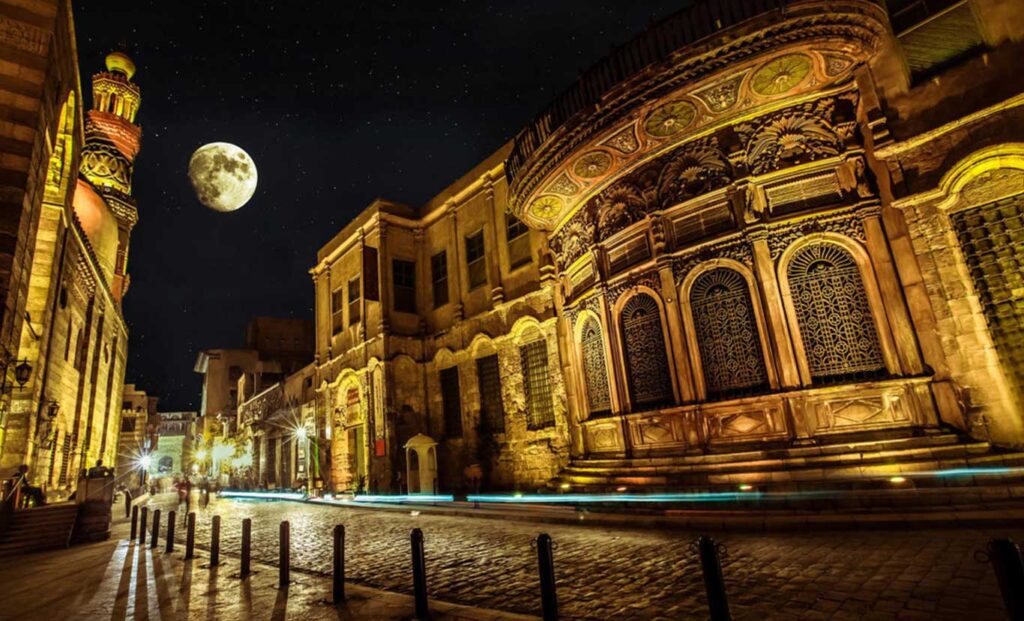
6. Case Studies: Successful Revitalization Projects
Recent studies emphasize the universal efforts in the protection and development of historic cities, which prioritize the active participation of the local stockholders, with the main goal of reviving, keeping alive, and sustaining the heritage values that make up the identity structure in historical cities. Several cities around the world have implemented sustainable revitalization projects with notable success. For example, the revitalization of the historic city center of Lyon, France. The project aimed at preserving its Roman and Renaissance architecture while modernizing infrastructure to support sustainable tourism.
The revitalization of Lyon’s historic city center, a UNESCO World Heritage site, involved restoring historic buildings, improving public spaces, and promoting sustainable tourism. The goal was to balance heritage conservation with modern urban needs, ensuring the area remained livable for residents while attracting tourists. Collaboration between local authorities, conservationists, and urban planners was crucial, alongside significant public and private funding. The results included increased tourism, economic growth, and enhanced local identity, making Lyon a model for sustainable urban revitalization.
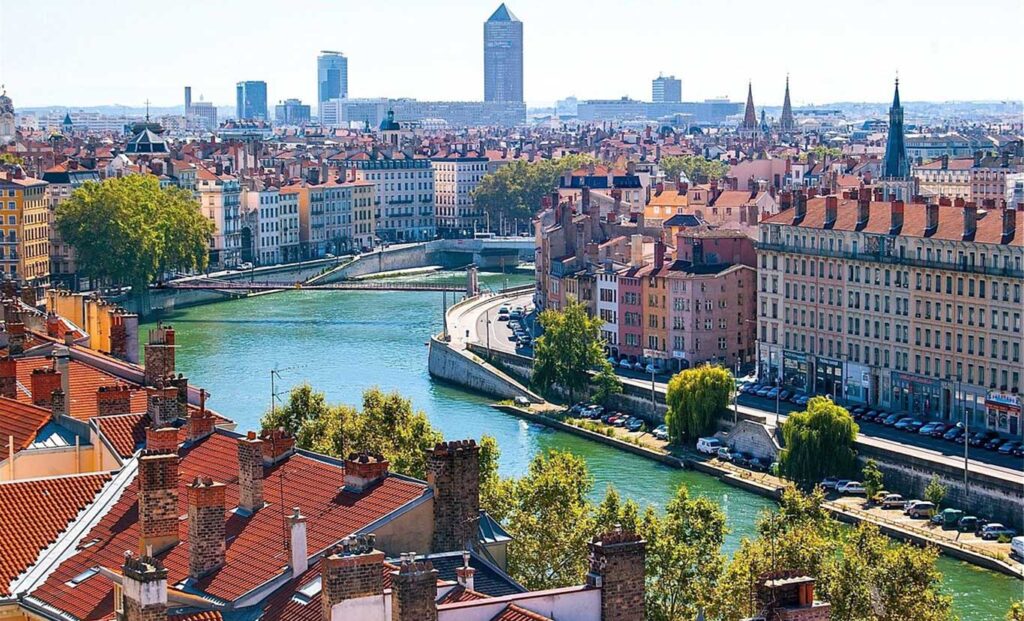
-1
-1
-1
-1
Conclusion
In conclusion, sustainable revitalization offers a holistic approach to preserving the cultural and architectural heritage of historic city centers while adapting to the modern needs of urban environments. By integrating social, economic, and environmental strategies, revitalization efforts ensure that these areas do not become stagnant relics but continue to thrive as vibrant hubs for residents, businesses, and visitors. This balance is essential for maintaining the city’s identity and fostering economic growth through tourism and local commerce. Moreover, embracing eco-friendly technologies and circular economy principles ensures that the environmental impact of these revitalization efforts is minimized, promoting sustainability for future generations. Successful examples, such as the revitalization of Lyon, France, demonstrate how careful planning, community engagement, and collaboration between public and private entities can lead to long-lasting benefits. These include enhanced livability, increased tourism, and strengthened local identities. Ultimately, sustainable revitalization is a powerful tool for cities seeking to preserve their heritage while fostering inclusive, resilient, and dynamic urban environments that benefit both the local community and the global stage.
References
- Byrne, J., & Sipe, N. (2010). Green City Planning and Practices: A Case Study of Singapore. Routledge.
- Tiesdell, S., Oc, T., & Heath, T. (1996). Revitalizing Historic Urban Quarters. Routledge.
- Mahmoud, Ahmed. (2023). From theory to practice: cultural routes as catalyst for urban regeneration in the historic city center of Alexandria. Brandenburg University, Cottbus, Germany
- Roberts, P. W., & Sykes, H. (2000). Urban Regeneration: A Handbook. SAGE Publications.
- Stubbs, M. (2004). “Heritage-Sustainability: Developing a Methodology for the Sustainable Appraisal of the Historic Environment,” Planning Practice & Research.
- UNESCO World Heritage Centre. (2021). “Sustainable Tourism and Heritage Preservation,”

Ahmed Abdelaal Mahmoud
About the author
Ahmed is an accomplished urban and architectural designer, specializing in sustainable urbanism. Dedicated to creating eco-friendly practices worldwide, he integrates research and design to shape sustainable urban development. With a rich academic and professional career, he’s a vital contributor to creating sustainable spaces, shaping resilient urban environments, and improving the overall livability of societies.
Related articles


Architecture Professional Degree Delisting: Explained
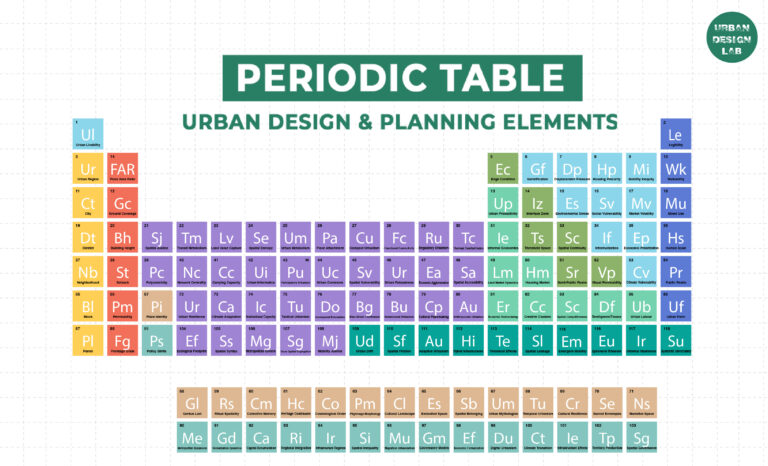
Periodic Table for Urban Design and Planning Elements
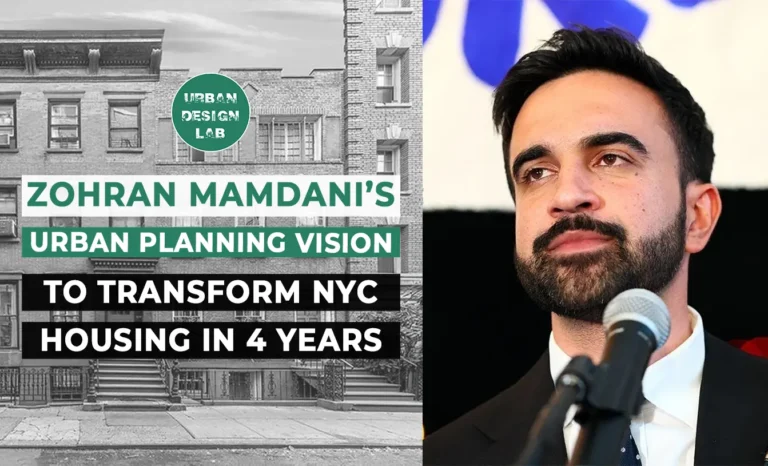
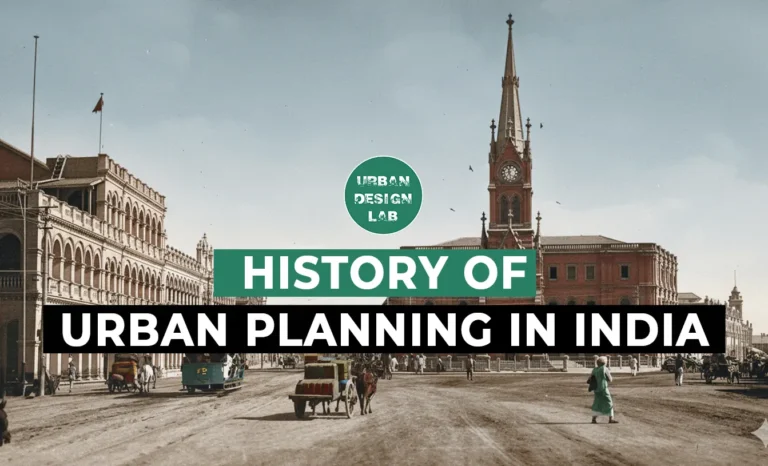
History of Urban Planning in India
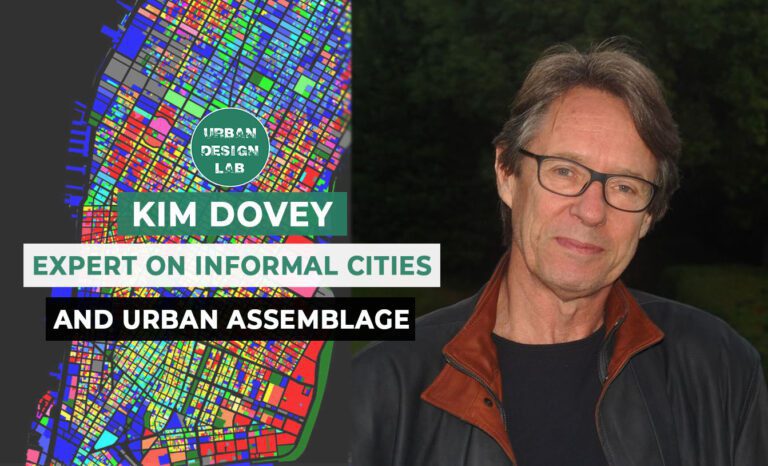
Kim Dovey: Leading Theories on Informal Cities and Urban Assemblage
UDL GIS
Masterclass
Gis Made Easy- Learn to Map, Analyse and Transform Urban Futures
Session Dates
15th-19th December 2025

Urban Design Lab
Be the part of our Network
Stay updated on workshops, design tools, and calls for collaboration
Curating the best graduate thesis project globally!

Free E-Book
From thesis to Portfolio
A Guide to Convert Academic Work into a Professional Portfolio”
Recent Posts
- Article Posted:
- Article Posted:
- Article Posted:
- Article Posted:
- Article Posted:
- Article Posted:
- Article Posted:
- Article Posted:
- Article Posted:
- Article Posted:
- Article Posted:
- Article Posted:
Sign up for our Newsletter
“Let’s explore the new avenues of Urban environment together “
